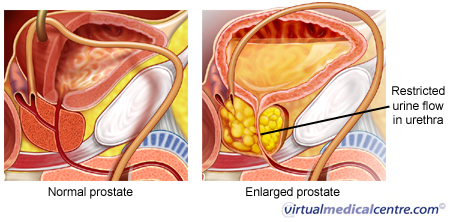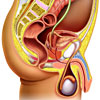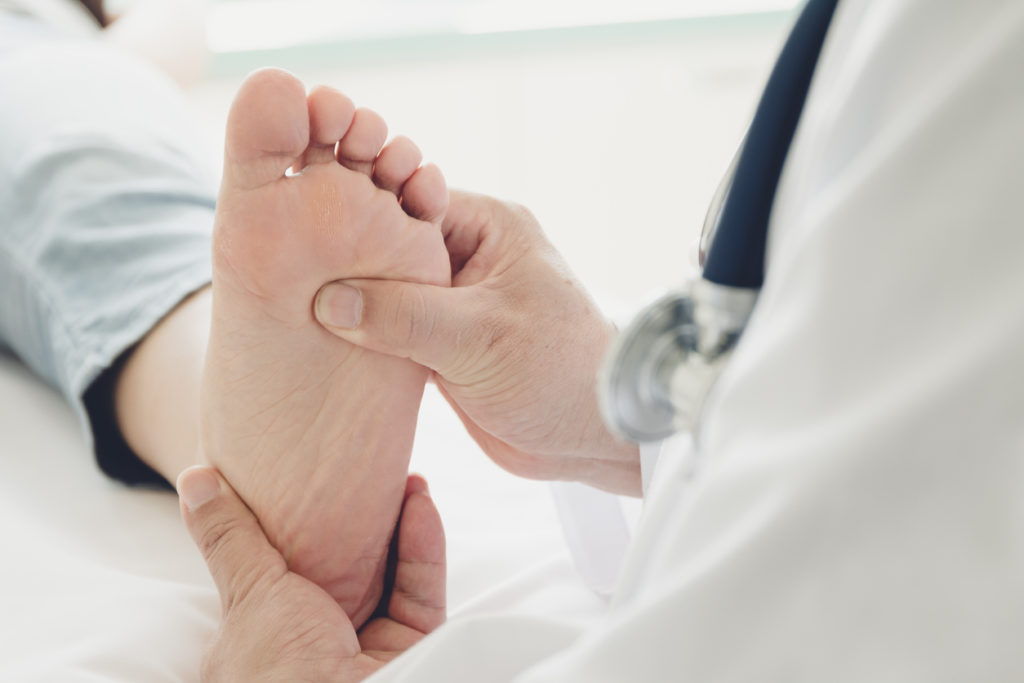Dr Celi Varol provides an overview of benign prostatic hyperplasia and outlines the treatment options available for the condition.
Symptoms of BPH are present in every other man over the age of 50. The symptoms vary but typically include difficulty initiating urination, a weak stream, urgency, and the need to urinate frequently even at night. It can also be difficult to empty the bladder completely. The condition worsens gradually, often over several years.
The interior of the prostate begins to change when men reach their 40s. This causes the prostate to enlarge, which is a natural consequence of the ageing process. The cause of the prostate gland enlargement is not known for certain, but may be related to the effects of male hormones. The prostate gland surrounds the urethra directly underneath the bladder neck, causing compression of the prostatic urethra, resulting in all the previously mentioned symptoms. This can develop into an unbearable problem for many men.

Addressing a patient’s prostate problem often becomes a choice between invasive surgery, commonly known as a TURP or rebore, lifelong symptom control in medication, or, more recently available in Australia, a non-surgical procedure.
Medications can ease BPH-related symptoms; the medicine alleviates the symptoms, but in many cases the improvement is only temporary. Certain patients experience very good effects, while others note only small improvement or none at all. Eventually the majority of patients end up requiring more active therapy.
The surgical operation is known as a trans-urethral resection of the prostate (TURP). This is carried out using a tube with an optical device that is inserted in the urethra, and an electrical coil burns away parts of the prostate. This operation usually requires a 3-5 day stay in hospital.
If the prostate is considerably enlarged, and a TURP is not deemed safe enough, there is a more invasive and complicated procedure. An incision is made through the lower abdominal wall and the benign overgrowth and the prostate is removed, this is known as an open simple prostatectomy.
The more refined operation can be performed by using a holmium red laser. This allows for a safer bloodless operation, with quicker recovery and discharge from hospital within 24 hours.
 Non-surgical prostate treatment can be performed using microwave prostate therapy. Microwave therapy has only been recently accepted as a successful method of treating BPH in Australia – it has been available overseas for many years now. The problem-causing parts of the prostate are heated up to 50 degrees using microwaves transmitted through a treatment catheter that is inserted via the urethra. These microwaves destroy the tissue, thus enabling normal urinary flow to resume.
Non-surgical prostate treatment can be performed using microwave prostate therapy. Microwave therapy has only been recently accepted as a successful method of treating BPH in Australia – it has been available overseas for many years now. The problem-causing parts of the prostate are heated up to 50 degrees using microwaves transmitted through a treatment catheter that is inserted via the urethra. These microwaves destroy the tissue, thus enabling normal urinary flow to resume.
CoreTherm is a unique form of high-powered microwave therapy. CoreTherm has enhanced microwave therapy by developing a temperature sensor which checks the right temperature, and therefore the right effect obtained during treatment for each and every prostate, and therefore patient. The procedure takes as little as 10-20 minutes and can be carried out in the urologist’s office. The patient goes home right after treatment without a catheter.
Only CoreTherm has been shown to have success rates equivalent to a TURP operation. The benefits are that it is a safe office-based treatment for patients, it is a minimally invasive prostate treatment requiring no hospitalisation, it is performed by using local anaesthetic with a specially designed shallow catheter, and typically the treatment takes 10-20 minutes. Patients are discharged home without a catheter, using a temporary prostate soft stent.
More information
 |
For more information, see Benign Prostatic Hyperplasia.
All content and media on the HealthEngine Blog is created and published online for informational purposes only. It is not intended to be a substitute for professional medical advice and should not be relied on as health or personal advice. Always seek the guidance of your doctor or other qualified health professional with any questions you may have regarding your health or a medical condition. Never disregard the advice of a medical professional, or delay in seeking it because of something you have read on this Website. If you think you may have a medical emergency, call your doctor, go to the nearest hospital emergency department, or call the emergency services immediately.







